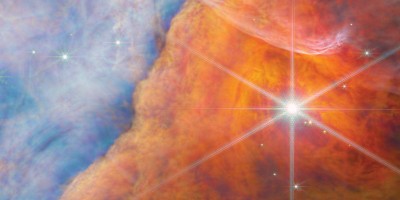The habitability of early Mars’s subsurface to methanogenic microorganisms was assessed using a planetary ecosystem model that couples a subsurface biosphere to the atmospheric chemistry and climate. Mars’s subsurface was initially likely habitable, but the biosphere would have cooled the planet down, potentially compromising its long-term habitability.

References
Cockell, C. S. Trajectories of Martian habitability. Astrobiology 14, 182–203 (2014). A review article that presents a set of possible long-term trajectories of Martian habitability and discusses how to evaluate the respective likelihood of those scenarios based on geological evidence.
Michalski, J. R. et al. The Martian subsurface as a potential window into the origin of life. Nat. Geosci. 11, 21–26 (2018). A review article that discusses the early subsurface habitability of Mars and the idea that finding traces of ancient subsurface Martian life might be one of the best chances we have to learn more about the origin of life on Earth and elsewhere.
Wordsworth, R. D. The climate of early Mars. Annu. Rev. Earth Planet. Sci. 44, 381–408 (2016). A review article that presents what can be inferred from geological evidence of the early surface conditions of Mars.
Ward, P. The Medea Hypothesis (Princeton Univ. Press, 2009). A book in which the author coins the Medea hypothesis, that is, a tendency that life may have to compromise the habitability of its planet.
Additional information
Publisher’s note Springer Nature remains neutral with regard to jurisdictional claims in published maps and institutional affiliations.
This is a summary of: Sauterey, B. et al. Early Mars habitability and global cooling by H2-based methanogens. Nat. Astron. https://doi.org/10.1038/s41550-022-01786-w (2022).
Rights and permissions
About this article
Cite this article
Biogenic climate change could have driven the demise of life on early Mars. Nat Astron 6, 1239–1240 (2022). https://doi.org/10.1038/s41550-022-01787-9
Published:
Issue Date:
DOI: https://doi.org/10.1038/s41550-022-01787-9
- Springer Nature Limited


